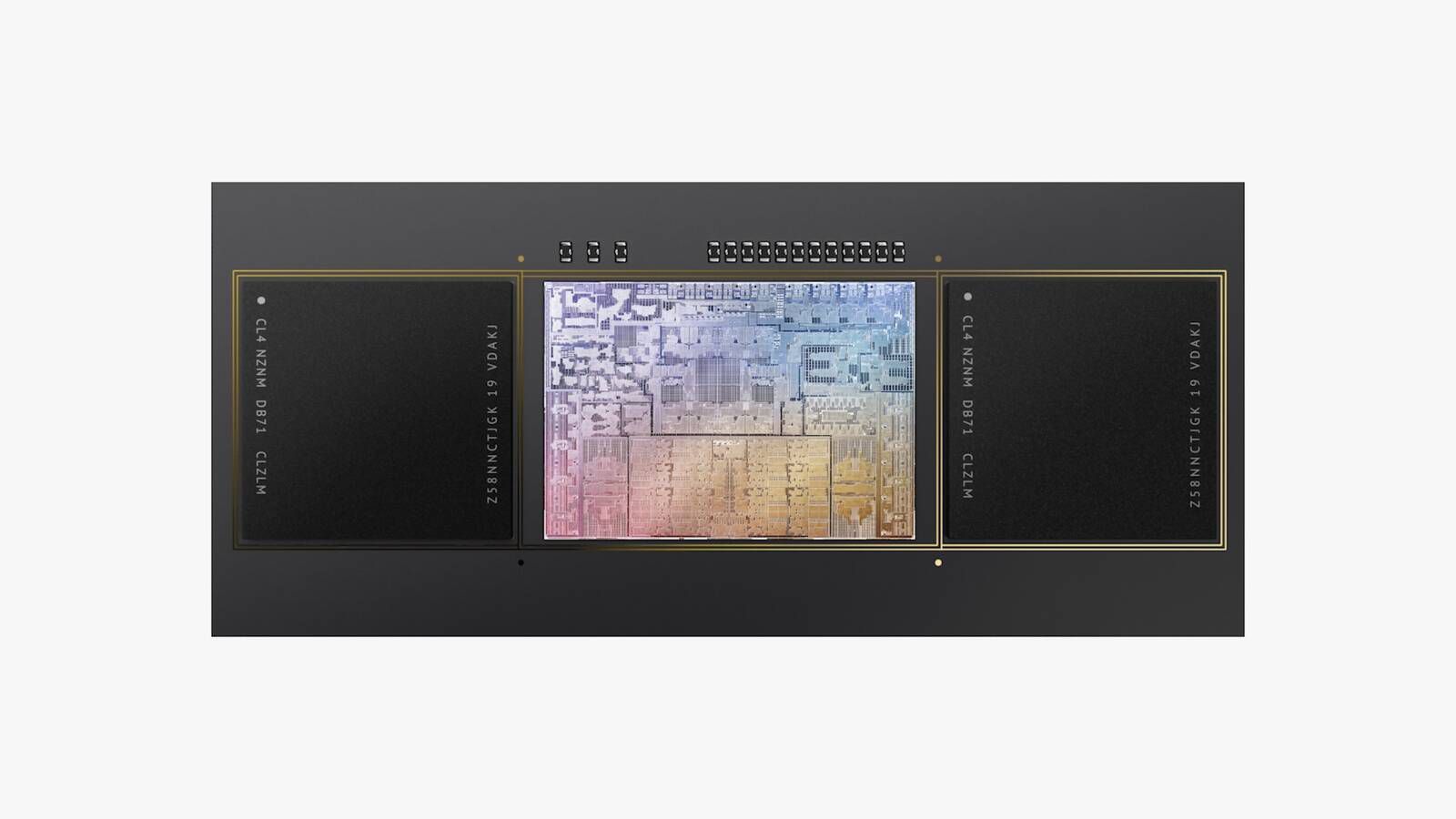Just having a look at the die shots from the event. MR captured them both:


I guess we now know why the internal name was Jade and Jade Chop. The M1 Pro looks like the M1 Max with the die snapped off right in the middle of the massive GPU.
Also, that GPU...! It's like 1/3 of the die! The M1 Max is more like a GPU with some other stuff added in than a CPU with a GPU tacked on.


I guess we now know why the internal name was Jade and Jade Chop. The M1 Pro looks like the M1 Max with the die snapped off right in the middle of the massive GPU.
Also, that GPU...! It's like 1/3 of the die! The M1 Max is more like a GPU with some other stuff added in than a CPU with a GPU tacked on.


